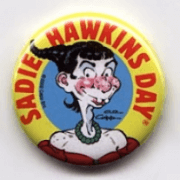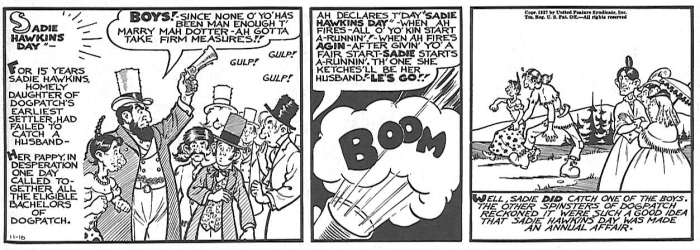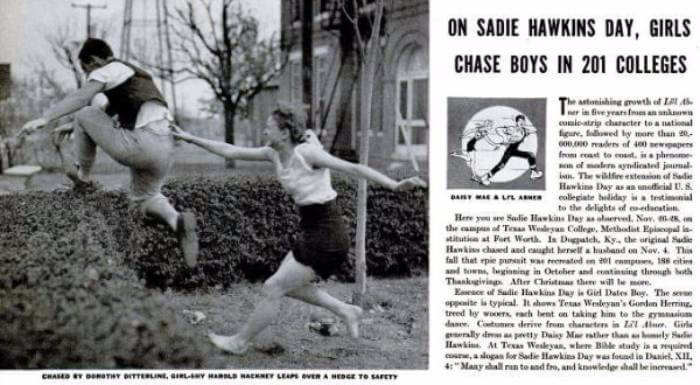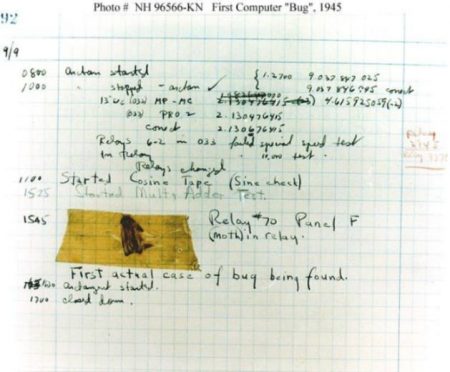Equal Pay Day 2019

Equal Pay Day was established in 1996 to illustrate how far into the new year a woman must work to earn the same wages that a man, by dint of having been born with a penis, earned in the previous year.
Because Census data isn’t released until later in the year, Equal Pay Day has long been scheduled on the Tuesday in April that falls most closely to the estimated date. Tuesday was chosen to represent the extra day a woman must work to earn what men took home the previous week.
This year, it falls on April 2nd. But don’t get excited, ladies. The Equal Pay Act of 1963, which made it illegal to pay a woman less than a man for the same job and was signed into law by President John F. Kennedy, remains nothing more than a well-intentioned piece of paper with a very valuable autograph.
Three years ago, President Obama declared April 12, 2016 to be National Equal Pay Day. Did you enjoy the raise, the parade, and the day off? Trick question. Nothing changed but adding the word “national.” Now we’re back to good old Equal Pay Day.
That year, President Obama also announced the establishment of the Belmont-Paul Women’s Equality National Monument in the house that had been the headquarters of the National Woman’s Party since 1929. It is named for former Party president Alva Belmont and founder Alice Paul, who played a vital role in the passage and ratification of the 19th Amendment, guaranteeing women’s right to vote.
When Alice Paul introduced the Equal Rights Amendment (ERA) in 1923, she said this regarding the work that had been done since the first women’s rights convention, held in 1848 in Seneca Falls, NY:
If we keep on this way, they will be celebrating the 150th anniversary of the 1848 Convention without being much further advanced in equal rights than we are … If we had not concentrated on the Federal Amendment we should be working today for suffrage … We shall not be safe until the principle of equal rights is written into the framework of our government.
Looking at where we are today, that statement was, sadly, prescient. When Paul died in 1977 at age ninety-two, the ERA was still being debated. Many contend ratification is still possible and continue the fight even though the amendment was “officially” defeated in 1982. Although the ERA never passed, Paul’s language prohibiting discrimination based on gender served as a template for the Civil Rights Act of 1964.

image: fightingwordsdesigns
We have a few suggestions for Equal Pay Day 2019. First, dedicate a space to represent the net worth of legislators’ good intentions to the livelihood of their mothers, sisters, wives, and daughters. (Very easy. Just draw a zero.)
Then, demand that Congresspeople explain to children why their future efforts lose value the moment they are born girls. Garnish 21 percent of their wages until they enforce the Equal Pay Act. (They don’t even need to write a law. It’s already on the books.)
Perhaps the best thing we can do is stand up and shout, just keep pointing out how ridiculous it is to discriminate on the basis of plumbing. You know how everyone hates it when we’re shrill.
Until we succeed, have an angry Equal Pay Day!
![]()

 Today is Sadie Hawkins Day, an American rite-of-passage for generations of teenagers. Misogynistic, antiquated and awkward for all involved, the Sadie Hawkins Dance supposedly empowers girls to switch gender roles and ask out the boys. Did we mention it’s misogynistic and antiquated? The true
Today is Sadie Hawkins Day, an American rite-of-passage for generations of teenagers. Misogynistic, antiquated and awkward for all involved, the Sadie Hawkins Dance supposedly empowers girls to switch gender roles and ask out the boys. Did we mention it’s misogynistic and antiquated? The true 




